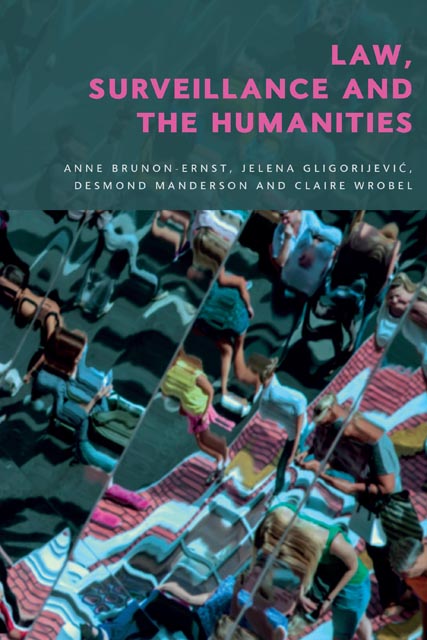12 - Policing and Surveillance of the Margins: The Challenges of Homelessness in California
Published online by Cambridge University Press: 18 November 2023
Summary
I. Introduction
In California, an estimated 108,000 people sleep outdoors, while 40,000 sleep in shelters every night, which is more than in any other state in the United States. Furthermore, in 2019, the U.S. Department of Housing and Urban Development noted in its Annual Homeless Assessment Report that in one year, the rate of increase in the state (an additional 21,306 people, or 16.4 per cent) was ‘more than the total national increase of every other state combined’. California represents 12 per cent of the country's population but accounts for about 24 per cent of the total homeless population in the United States. It is home to a very high number of court cases challenging what is referred to as the criminalisation of homelessness, which both justifies and fosters surveillance practices. The homeless crisis, which is the state's most visible and persistent problem, also crystallises all the challenges of contemporary surveillance: categorisation, visibility and invisibility, crime and criminalisation, surveillance under the guise of charity or ‘care’ work, privacy issues, policing, and the use of surveillance devices and technologies by local authorities. As surveillance regulates boundaries and relations, it involves all strata of society and a wide range of social actors from neighbourhoods and local charities and police forces all the way up to the President of the United States.
David Lyon includes behaviours practised by the homeless, petty criminals and passers-by alike in his definition of surveillance. He notes that ‘police officers watching someone loitering in a parking lot would be an example’ of watching ‘over those whose activities are in some way dubious or suspect’. Public policies aimed at dealing with the presence of the homeless in city centres definitely require specific action which aims to both manage and protect. Surveillance lies at the heart of governmental and police action, as evidenced by several chapters in this collection. This chapter examines examples of surveillance used in action by the government and the police, as ‘dubious’ and ‘suspect’ behaviours are qualified as crimes, while suggesting what the elements of the surveillance practices that apply to the homeless might be.
- Type
- Chapter
- Information
- Law, Surveillance and the Humanities , pp. 235 - 251Publisher: Edinburgh University PressPrint publication year: 2023



